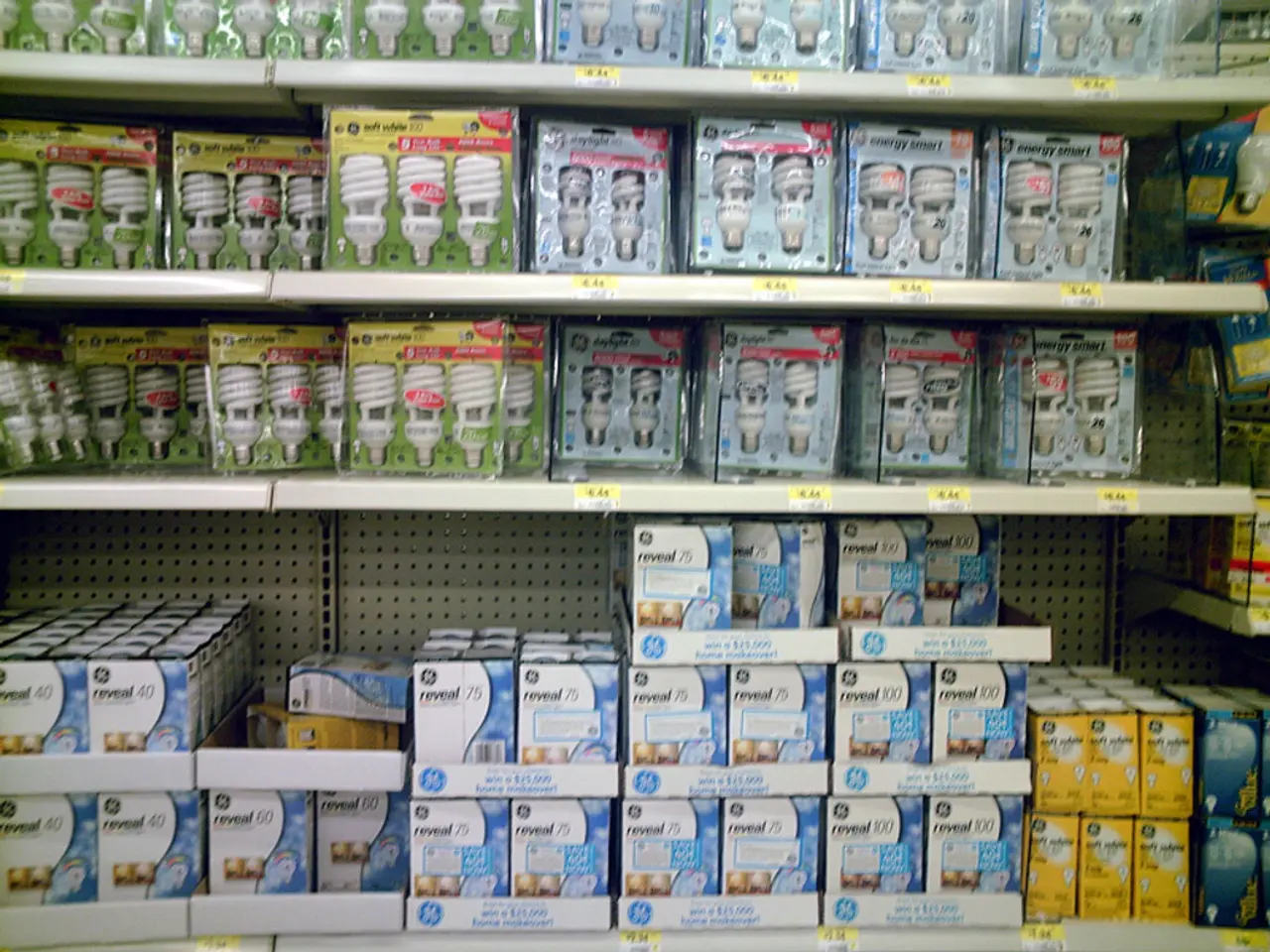Guide on Growing and Nurturing Hyacinths: A Comprehensive Overview!
Cultivating and Caring for Hyacinth Bulbs: A Comprehensive Guide
Hyacinths, a vibrant and fragrant addition to any garden, are among the simplest spring bulbs to cultivate. If you're considering planting these delightful flowers, here's a guide to help you through the process.
Planting Hyacinth Bulbs
The ideal time to plant hyacinth bulbs is between September and October. When planting, ensure the bulbs are three to four times deeper than their height, with the pointy side facing up. Hyacinths can be planted in the ground, in pots, or grown in water in a bulb vase with no soil.
Choosing the Right Bulbs
For the best results, choose large, fat bulbs that are free of illness and rot. By the 18th century, Dutch bulb farmers had developed over 2,000 cultivars of hyacinths, but today, roughly 60 cultivars are available for commercial cultivation.
Caring for Hyacinth Bulbs
During the winter and after blooming, water hyacinth bulbs moderately to keep the soil slightly moist but not soggy, especially during their active growing and blooming phases. After blooming, remove spent flowers promptly to prevent seed formation, which conserves the bulb's energy for next season’s growth. Allow the green leaves to die back naturally without cutting them off too soon, as they provide nourishment to the bulb through photosynthesis. Once the foliage has completely died back, you can lift and store the bulbs in a cool, dry place until the next planting season.
Fertilizing Hyacinth Bulbs
Fertilizing is typically done before planting or in early growth stages. There is no specific recommendation to fertilize after blooming or during dormancy, implying standard garden soil fertility is sufficient for hyacinths.
Protecting Hyacinth Bulbs
For outdoor bulbs, protecting them from harsh frost by mulching or wrapping containers (if container-grown) with bubble wrap is advised during winter. Indoor forcing of bulbs involves keeping them cool and moist in the dark around 40°F (4–5°C) for 8 to 12 weeks and then moving them to a brighter, cooler room to bloom, ensuring they are not allowed to dry out during this period.
Tips for Healthy Flowering
- Water moderately during growth and flowering; avoid drying out but do not overwater.
- Remove spent flowers as soon as they fade.
- Do not cut back leaves until fully yellow and dead; allow foliage to nourish the bulbs.
- After foliage dies back, lift and store bulbs in a cool, dry place.
- Protect bulbs in containers from frost during winter.
Following this routine supports healthy flowering the following season.
Historical Background
Hyacinths were first introduced to Europe in the 16th century. These beautiful flowers grow slowly and emerge as shoots in the spring if planted in the early fall.
- In the autumn, consider planting hyacinth bulbs, which are perfect for both indoor nurseries and outdoor gardens.
- For optimal growth, choose plump, healthy hyacinth bulbs, descended from the over 2,000 cultivars developed by Dutch farmers.
- In cold months and after blooming, ensure hyacinth bulbs receive moderate watering, keeping the soil slightly damp without being soggy, especially during active growth.
- After the flowers fade, promptly remove them to conserve the bulb's energy for future seasons, but avoid cutting back green leaves until they are fully yellow and dead.
- For outdoor hyacinths, protect them from frost by mulching or wrapping containers, while indoor-forced bulbs thrive in cool, moist, dark conditions for 8 to 12 weeks before moving to a cooler, brighter room to bloom.
- To promote healthy flowering, practice watering moderately, removing spent flowers, allowing leaves to yellow and die back, storing bulbs in winter, and protecting container-grown bulbs from frost.




